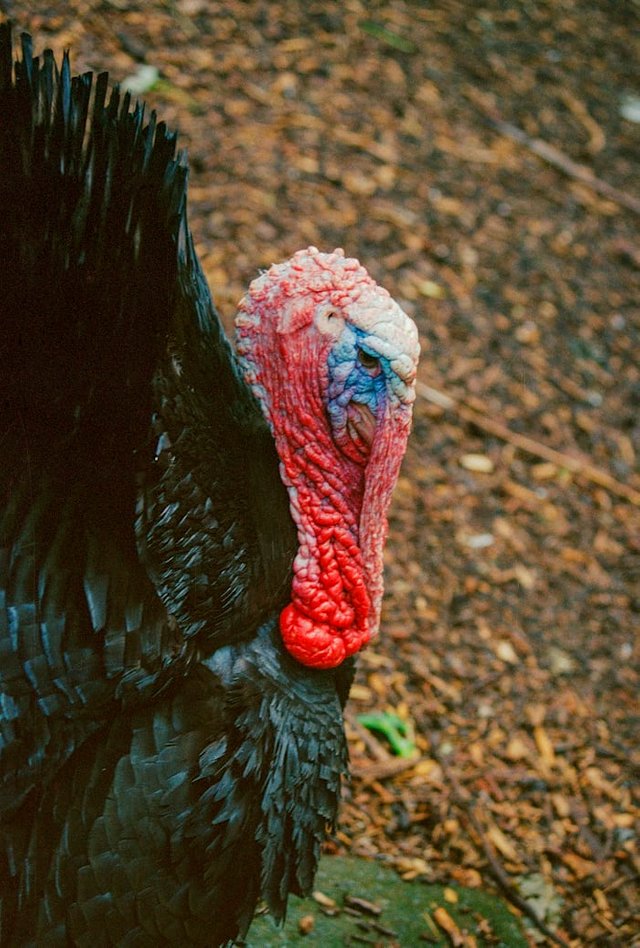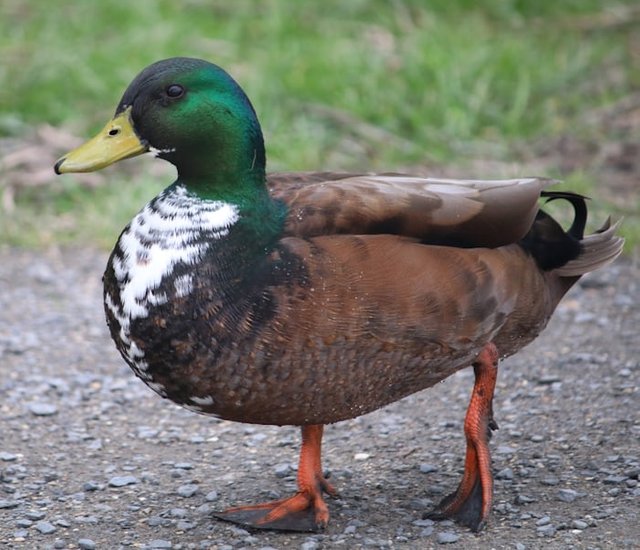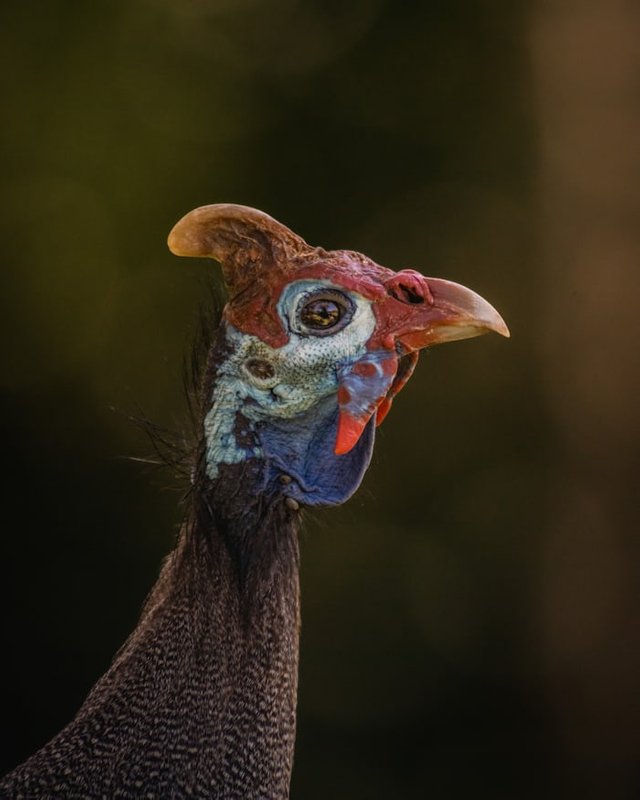Hello friend's
Poultry farming, raised domestically and commercially, primarily for meat and eggs but also for feathers, chickens, turkey, duck, and geese are primarily important, while guinea fowl and squab are Chiefly of local interest; this article treats the principal and practice of poultry farming. For a discussion of the food value and processing of poultry products, see eggs and poultry process.
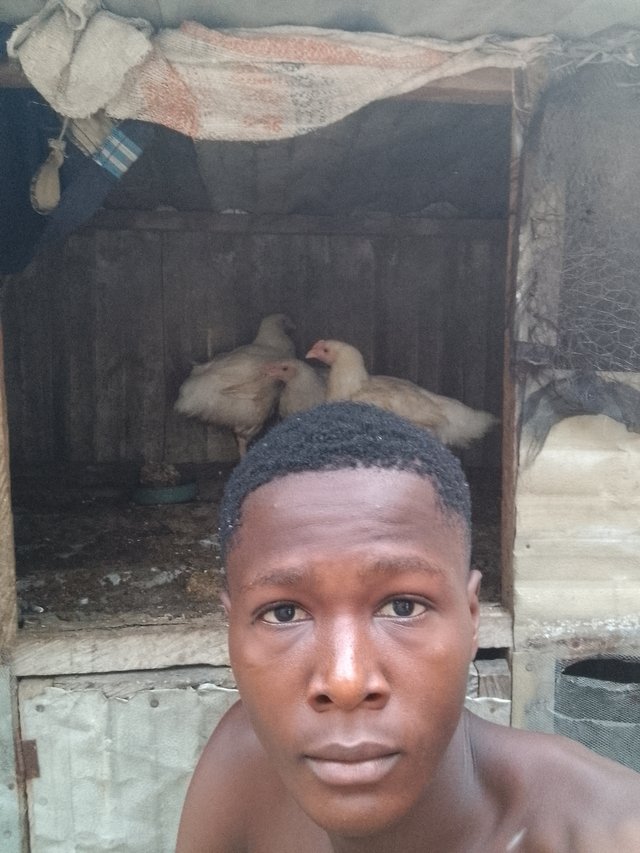
| TYPE OF POULTRY FARMING |
|---|
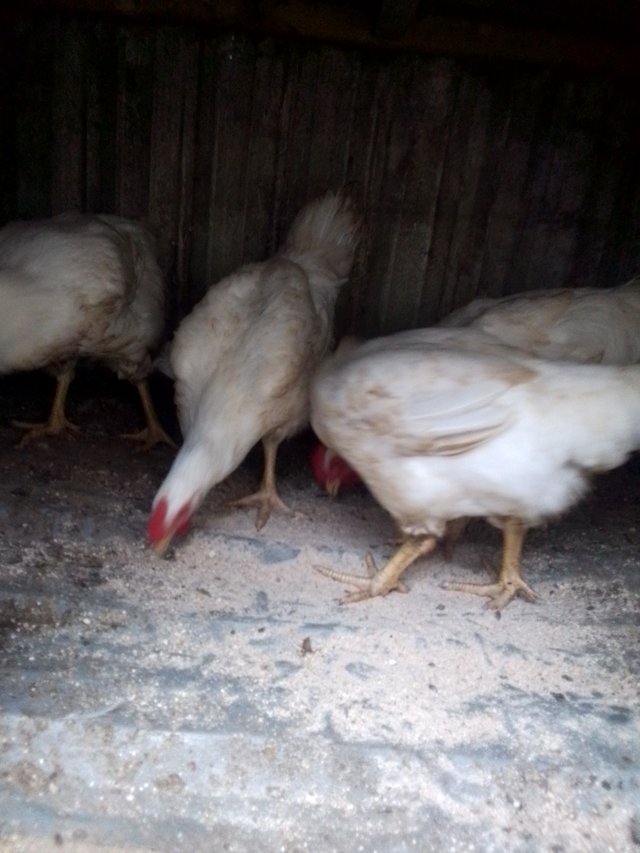
Chicken: mass production of chicken meat and eggs began in the 20th century, but by the middle of that century, meat production had outstripped egg production as a specialized industry. The market for chicken meat has grown dramatically since then; the breeds of chicken are generally classified as American, Mediterranean, English, and Asian; while there are hundreds of breeds in existence, commercial facilities rely on only a select few that meet the rigorous demand of industry products. The single-comb white leghorn Mediterranean breed is widely used throughout the global egg industries in a prolific layer that quickly reaches sexual maturity. The Cornish cross, a hybrid of Cornish and white rock, is one of the most common breeds for industrial meat production and is esteemed for its compact size and rapids, efficient growth.
Turkey; turkey production became highly specialized, with large flocks predominating. Turkey is raised in great numbers in Canada, where their ancestors still live wild, as well as in some parts of Europe, the United States, Mexico, and Brazil. A hybrid White turkey dominates commercial production. Modern turkey breeding and farming practices have significantly reduced both the amount of feed and the time required to produce a pound of turkey meat.
Duck is raising ng a practice that has a limited scale in nearly all countries, usually as a small farm enterprise though some companies do exist. Duck is easy to transport, can be raised in close confinement, and convert some waste products and scattered grain to nutritious and very desirable, eggs and meat khaki Campbell and Indian runners duck are prolific layers, each averaging 300 eggs per year, the Pekin ducks, One of most popular breed in the united nations, is used for both egg and meat production. Although the white the white-fleshed Aylesbury was once the favored meat duck in English, disease and market competition from the yellow-fleshed Pekin duck have led to its decline.
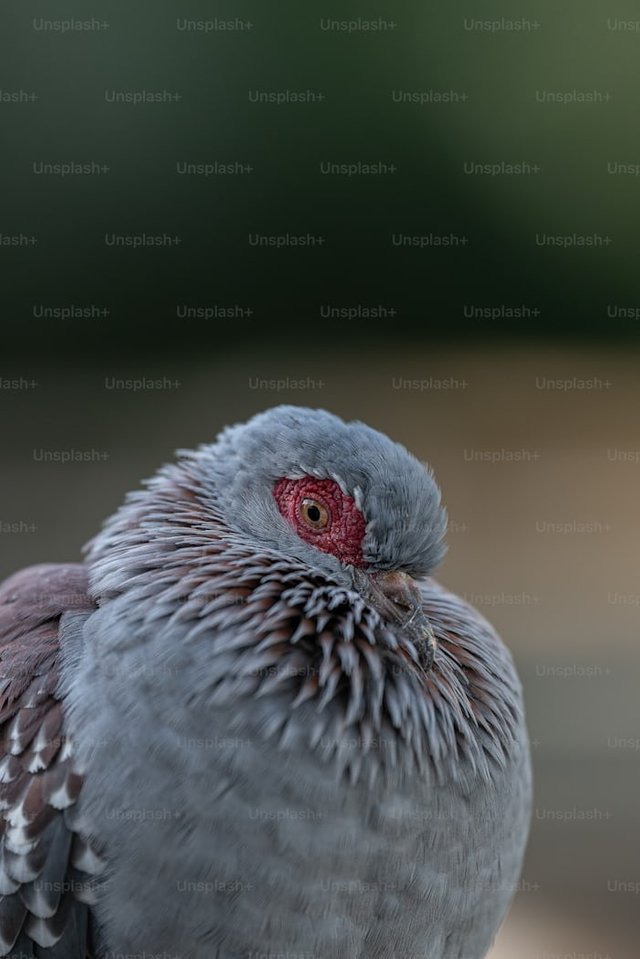
Source
Geeze: raising is often a minor farm enterprise, though some European countries have large-scale goose production facilities. The two outstanding breeds are the Toulouse, predominating Gray, and the white Embden. The third bird is raised for meat and eggs as well as for their down feathers. Geeze does not appear to have attracted the attention of geneticists on the same scales as the meat chicken and turkey, and no change in the booze industry. Comparable to that in the other has occurred or seems to be in prospect. In some commercial plants, geese are fattened by a special process of their liver, which is sold as the delivery.
Guinea fowl are raised as sidelines on a few farms in many countries and are eaten as gourmet items. In Italy, there is a fairly extensive industry. The birds are often raised in yards with open-fronted shelters, and several varieties and species are utilized throughout the world. Guinea fowl are marketed in England at 16-18 weeks of age and in the United States at about 10-12 weeks. The market weight is usually about 1-1.5 kg.
